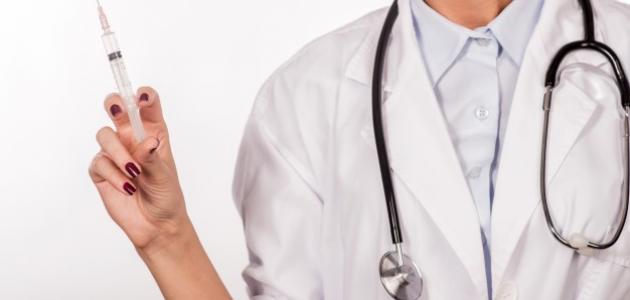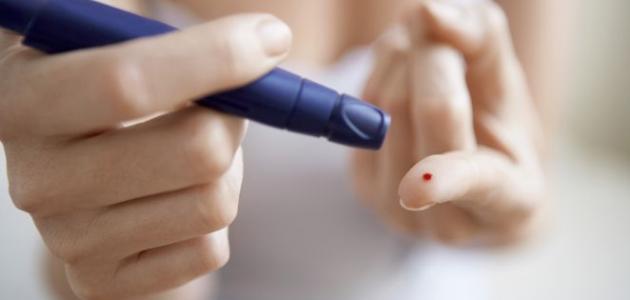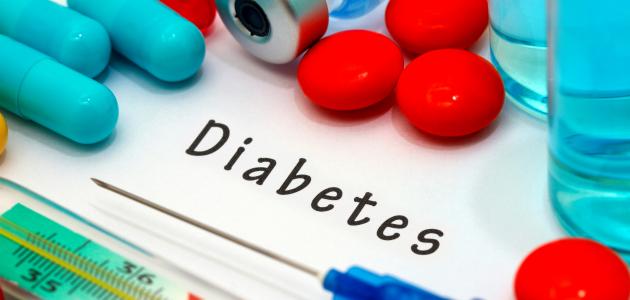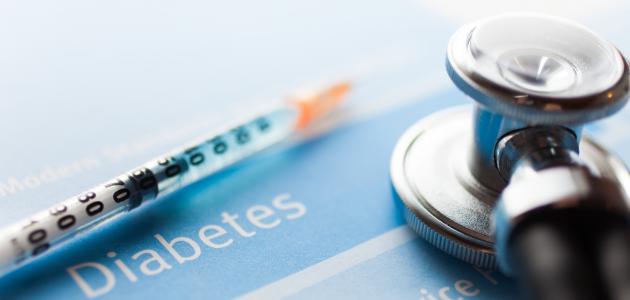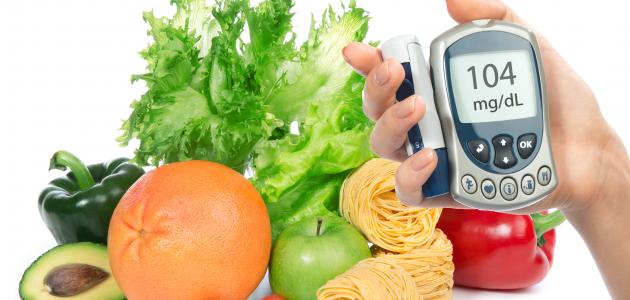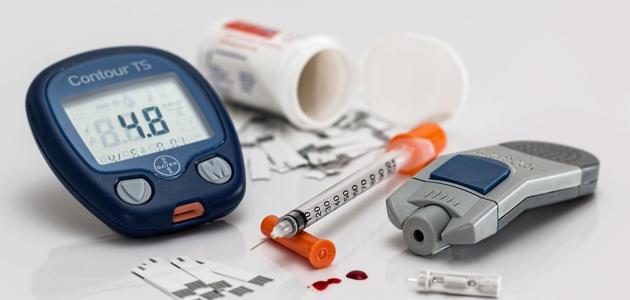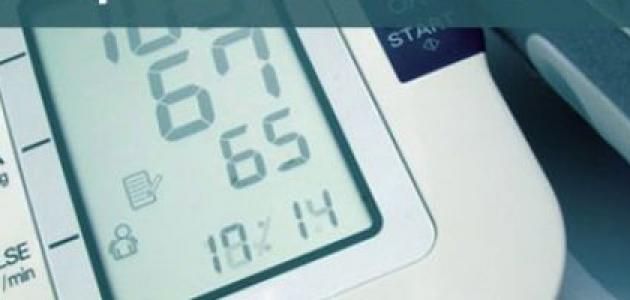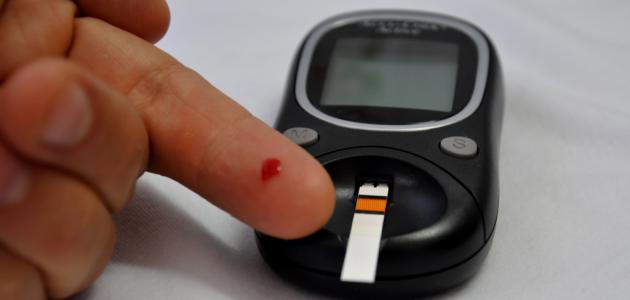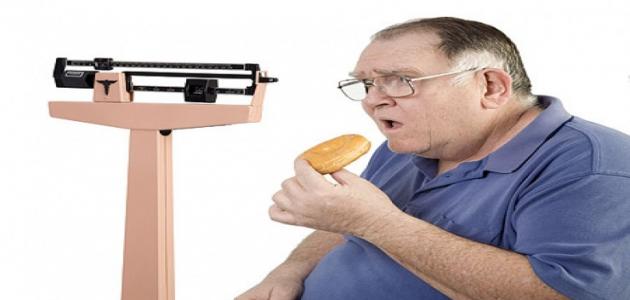Contents
The discovery of insulin
The scientists found Frederick Banting and Charles Best that insulin is the hormone that is lacking in patients with diabetes , has discovered a way to get it from the pancreas animal, has tried scientists for years the manufacture of bacteria after the knowledge of drawing chemical composition of insulin However, the quantities produced by chemistry alone were few, and it was not sufficient for patients at that time, until they discovered how to use bacteria to produce insulin in the seventies; And that by changing it at the genetic level. [1]
Animal insulin remained in use until the 1980s. As patients all over the world relied on insulin extracted from pigs and cows to treat diabetes , but it was not identical in its composition to human insulin despite the great similarity between them, and therefore some patients suffered from allergic reactions; Due to the difference in composition between the two types of insulin. [1]
Harnessing bacteria to make insulin
Insulin is manufactured using recombinant DNA technology. Where scientists insert human genes into the genetic material of the bacteria that is later called recombinant bacteria, which are bacteria that can produce the protein encoded by the human gene, and in this process, scientists build the human insulin gene in the laboratory, then remove a ring of the bacteria's DNA It is known as the plasmid , and then they insert the human gene inside it, so that the human gene becomes part of the genetic material of the bacteria, then they return the plasmid ring to the bacteria , and then they place these recombinant bacteria in large tanks for fermentation, and there the recombinant bacteria begin using the gene The human insulin to start producing it, then scientists get the synthetic insulin to be purified from impurities, and used in treatment.[2]
Organisms used to make insulin
There are many protein drugs that are manufactured using what is known as recombinant DNA technology , and from the organisms used to manufacture various drugs such as insulin: Escherichia coli , which has many advantages. Including high growth rate, simplicity of growth requirements, ease of handling in the laboratory, high productivity, low cost of use, and other organisms used in this also include a type of yeast called fungi yeast , and genetically modified plants as is the case with the oilseeds of the mouse ear cress (Arabidopsis thaliana). [3]
Types of insulin
There are different types of insulin used to treat diabetes , including the following: [4] [5]
- Fast - acting insulin: work begins with insulin fast - acting after approximately 15 minutes injected, and up its focus to the highest level in the blood after about an hour, and continues to have effect for a period of two to four hours, and examples of this type of insulin Insulin lispro , insulin aspart , and insulin glulisine .
- Short - acting insulin: insulin short - acting to work after about 30 minutes injected, and up to the highest level of concentration in the blood after about 2-3 hours, where the effect lasts for 3-6 hours, and examples This type: regular or regular insulin.
- Average insulin effect: work starts with the average effect of insulin after approximately 2-4 hours injected, and up to the highest level of concentration in the blood after approximately 4-12 hours and lasts for the duration of its effect 12-18 hours, an example of this type: insulin (NPH).
- Long - acting insulin: begins with a long - acting insulin work after several hours of injected, and continues to have effect for a period of approximately 24 hours, and can be used with both fast Alfol or short insulin effect if necessary, and examples of this Type: Insulin Glargine , Detemir , and Degludec .
- Fast-acting inhaled insulin: This type of insulin reaches its highest concentration after about 15-20 minutes, continues to work for 2-3 hours, and is usually used in combination with long-acting insulin.
Other medicines are manufactured with recombinant DNA technology
There are many drugs manufactured with recombinant DNA technology, including the following: [6]
- Antibiotics : Antibiotics are the largest group in terms of economic importance among products obtained through fermentation, and examples of antibiotics manufactured by microorganisms: Penicillin , and cephalosporins ), Chloramphenicol , streptomycin , clindamycin , vancomycin , and Ticoplanin .
- Blood clotting factors: Clotting factors, manufactured with recombinant DNA technology, factor VIII and factor IX. Used to treat hemophilia .
- Hormones: From hormones manufactured with recombinant DNA technology: growth hormone known as Somatropin , and the hormone insulin.
- Growth factors: Many growth factors have been synthesized that are used to prevent infections associated with neutropenia caused by chemotherapy , and thrombocytopenia caused by chemotherapy , and anemia Blood from chemotherapy, as well as the hormone erythropoietin , a hormone produced by the kidneys, stimulates the bone marrow to produce red blood cells.
- Cytokines: Cytokines are molecules that activate immune cells, regulate their growth and differentiation, and stimulate the inflammatory response.
- Enzymes: such as the enzyme Dornase alpha used in the treatment of cystic fibrosis , and the enzyme Alteplase used to dissolve blood clots, which can cause heart attacks, pulmonary embolism, and strokes .
- Vaccines: such as the influenza vaccine , and the hepatitis B vaccine.
References
- ^ A b "BREWING GENETICALLY MODIFIED INSULIN the USING BACTERIA (#GMOMONDAY)" , Www.ari.aynrand.org , Retrieved 9-2-2018. Edited.
- ↑ "How did they make insulin from recombinant DNA?" , www.nlm.nih.gov , Retrieved 9-2-2018. Edited.
- ↑ "Cell factories for insulin production" , www.ncbi.nlm.nih.gov , Retrieved 9-2-2018. Edited.
- ↑ "What is Insulin?" , www.endocrineweb.com , Retrieved 6-2-2018. Edited.
- ↑ "Types of Insulin for Diabetes Treatment" , www.webmd.com , Retrieved 9-2-2018. Edited.
- ↑ "Drugs Obtained by vBulletin® Biotechnology Processing" , Www.scielo.br , Retrieved 9-2-2018. Edited.
